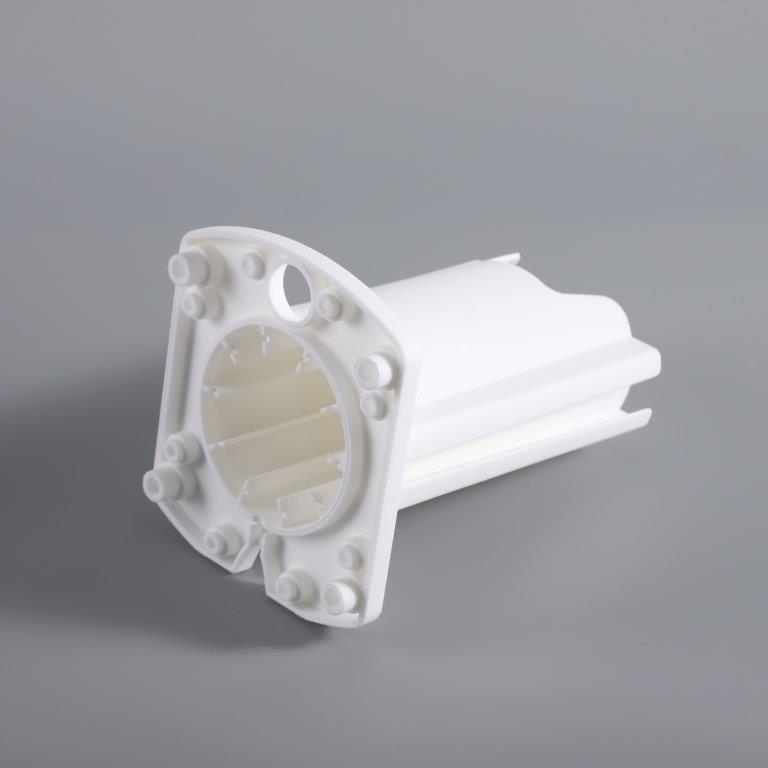Petrol Pump Station Single Model TV Can Be Set
Product Configuration:
| Parts | Numbers |
| Combination Pump | 1 |
| Flow Measurement Meter | 1 |
| Explosion-proof Valve | 1 |
| Large LCD Key Board | 1 |
| Nozzle | 1 |
| Display | 2 |
Optional function:Submersible, Gear pump, Note printer, Vapor recovery.
Dimensions:980mm×550mm×2180mm
Packing size:1050mmx600mmx2310mm
Technical parametersÂ
(Single nozzle)
| Flow range |
5L/min ~ 50L/min(±10%) Large Flow10L/min ~ 100L/min(±10%) With a maximum flow of oil and gas recovery function40L/min(±10%) |
| Power supply |
Ordinary Series:AC380V+10% ,-15%(50Hz±1Hz) Single-phase series:AC220V+10% ,-15%(50Hz±1Hz) |
| Motor rated power | 750W ( /1000W ) |
| Imported oil | Submersible pump series≤0.3MPa |
| The maximum permissible error | ±0.30% |
| Environment temperature | -25ºC~+55ºC( Low temperature regions:-40ºC~+55ºC) |
| Relative humidity | ≤95% |
| Oil recovery | 95% ~ 105%(Oil vapor recovery function) |
| Price setting range | 1.00 ~ 99.99$/liter |
| Single measurement range |
Amount:0.01 ~ 9999.99$ Volume:0.01 ~ 9999.99liter |
| Accumulative volume range |
Amount:0.01 ~ 99999999.99$ Volume:0.01 ~ 99999999.99liter |
| Display time after a power failure | ≥15Min |
| Noise | ≤80dB(A) |
| Explosion-proof certificate | CJEx14.0905 |
Selective Laser Sintering (SLS) was developed at the University of Texas in Austin, by Carl Deckard and colleagues. The technology was patented in 1989 and was originally sold by DTM Corporation. DTM was acquired by 3D Systems in 2001. The basic concept of SLS is similar to that of SLA. It uses a moving laser beam to trace and selectively sinter powdered polymer and/or metal composite materials into successive cross-sections of a three-dimensional part. As in all rapid prototyping processes, the parts are built upon a platform that adjusts in height equal to the thickness of the layer being built. Additional powder is deposited on top of each solidified layer and sintered. This powder is rolled onto the platform from a bin before building the layer. The powder is maintained at an elevated temperature so that it fuses easily upon exposure to the laser. Unlike SLA, special support structures are not required because the excess powder in each layer acts as a support to the part being built. With the metal composite material, the SLS process solidifies a polymer binder material around steel powder (100 micron diameter) one slice at a time, forming the part. The part is then placed in a furnace, at temperatures in excess of 900 °C, where the polymer binder is burned off and the part is infiltrated with bronze to improve its density. The burn-off and infiltration procedures typically take about one day, after which secondary machining and finishing is performed. Recent improvements in accuracy and resolution, and reduction in stair-stepping, have minimized the need for secondary machining and finishing.
The main material for the SLS are the metal part or Nylon material which are commonly used in the industry or consumer fields. contact us to do the business, we are your best partner from beginning to end to give you the best service.

Selective Laser Sintering,Laser Sintering,Selective Laser Sintering 3D Printing,Laser Sintering Service
Suzhou FCE precision electronics Co., LTD , https://www.fcesz.com